Cool Things to Draw Easy Drawing Stiels
Want to improve your drawing skills? Feeling stagnant in your style and keen to try something new?
Experimenting with different drawing styles is a fantastic way to hone your skills and improve your ability to capture imaginative imagery and develop your unique style.
There are tons of different drawing styles to play with, but we've put together a list of 11 epic drawing styles for you to explore and try out.
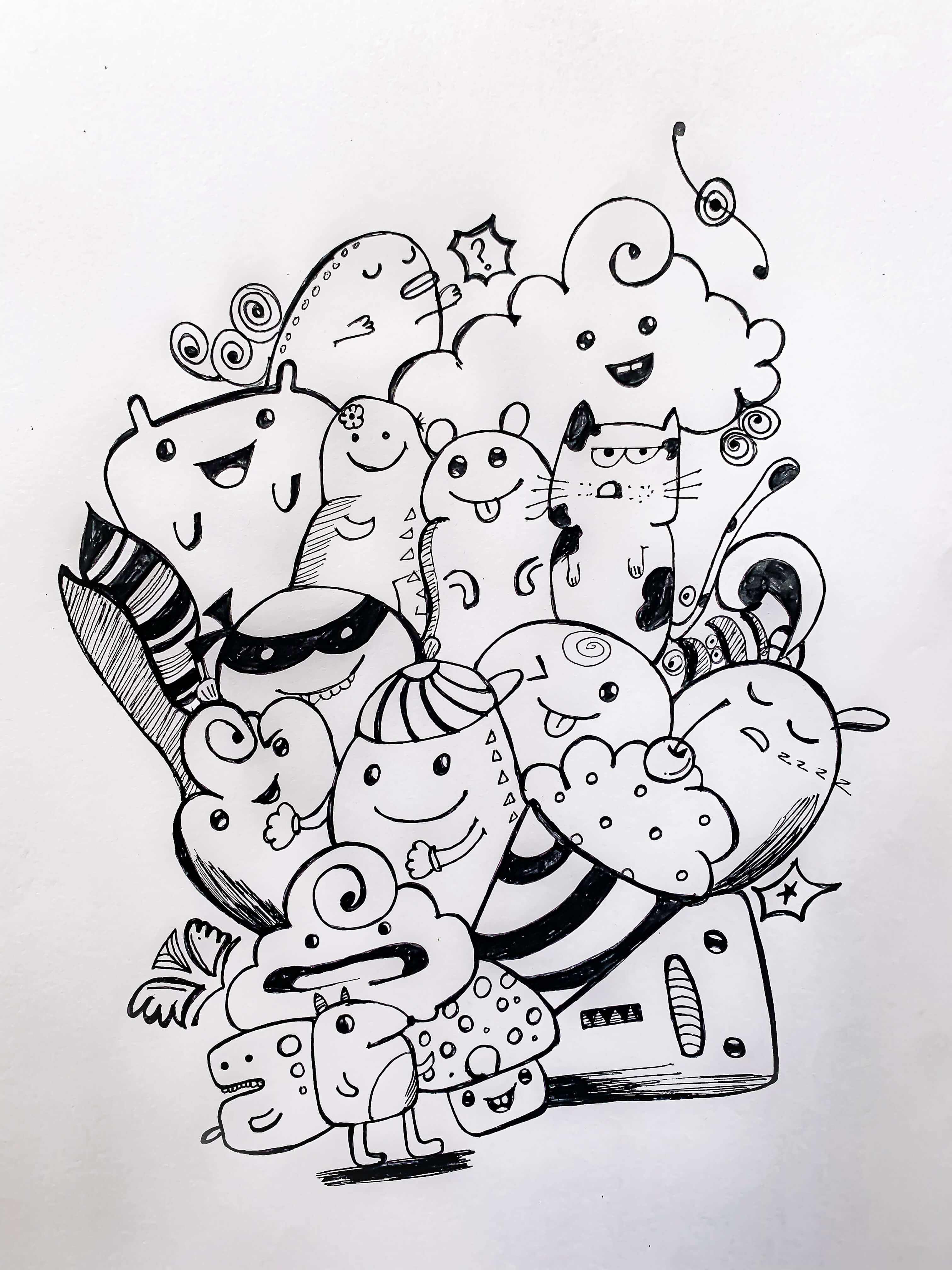
A Note On Style
From Leonardo Da Vinci to Pablo Picasso, the way an artist chooses to express themselves arises from many influencing factors.
Your particular drawing style depends on your skills, preference, audience or brief you might be creating for, cultural background, interests, and education.
The amount of time you put into your drawings also greatly impacts the quality of your creative work. Think of the difference between a one-minute sketch and a one-hour drawing.
Finding the style you love takes exploration and practice. It's also very much influenced by the medium you work in. You can use tons of media to draw, such as pencil, graphite, charcoal, crayon, pen, soft pastel, chalk, oil pastel, marker, fine liner, spraypaint, and air spray.
You can draw pretty much anywhere with pretty much anything. In the ancient world, people used natural materials like minerals and blood to draw on cave walls.
People have also produced incredible artworks with sand drawings, pavement drawings, and even drawings created with actual food.
The most common drawing styles based on a specific medium are:
- Pencil drawing (graphite, watercolor pencils, or colored pencils)
- Ink drawing
- Pen drawing
- Chalk drawing
- Crayon drawing
- Digital drawing with tablets and apps like Vectornator and Procreate
- Charcoal drawing
If there are particular media you love, you may choose types of drawing to experiment with based on those media. Not all drawing media are suited to all drawing styles; for example, crayons might not be the best choice for hyperrealism, and if you're going for something that requires a fine point, like stippling, then messy charcoal might not be the most ideal.
You might be more interested in one particular style and adapt your favorite medium to work for that. It's possible to achieve hyperrealism with watercolor or to create a charcoal effect with pencil drawing.
Industry experts consciously try to keep their skills sharp and their creativity alive by drawing. While it's truly an art form, drawing is also technical skill.
Some drawing styles are more technical than others. Learning the technical side of the styles of drawing you enjoy most will also help you to improve your design skills and artistic abilities. This is because drawing homes in on detail, precision, and understanding of what it takes to create beautiful works of art and design.
11 Drawing Styles to Try
Within each drawing style, there are many different possibilities for how you can express that style.
We've listed 11 drawing styles that will expand your drawing abilities both artistically and technically. From basic styles such as doodling and continuous line drawing to complex hyperrealism and 3D illusions, see what inspires you!
1. Doodling
Doodle
Doodle designed by Britt Edwards. Connect with them on Dribbble; the global community for designers and creative professionals.
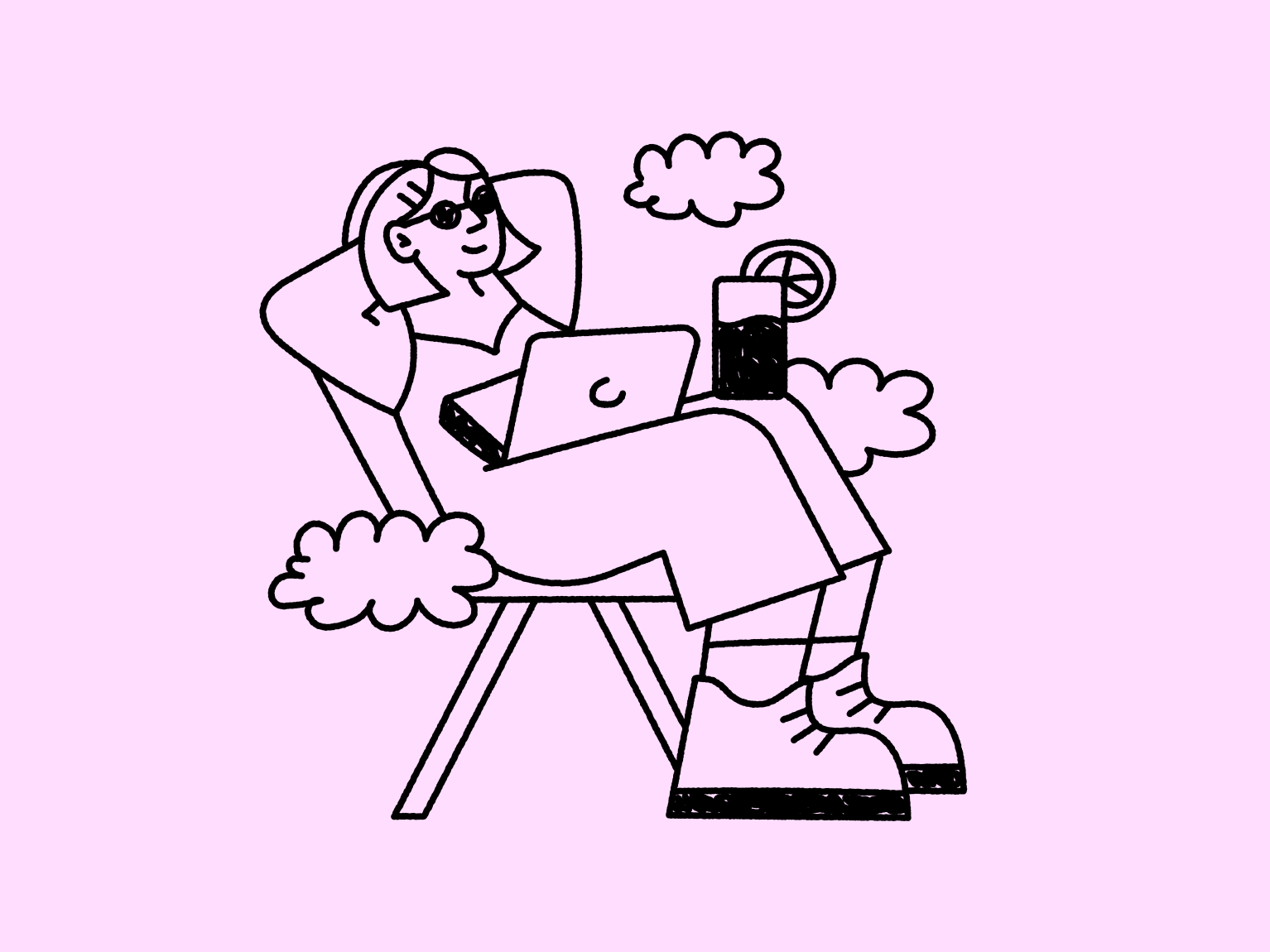
Doodling is where it all starts for most of us.
Doodling is a very informal form of drawing, usually created absent-mindedly (for instance, to keep yourself entertained in class).
Doodling refers to rough scribbles and sketches of ideas. What you can do with doodling is limitless, and it's not so much a particular technique as it is a simplistic way of expressing thoughts and feelings.
Everything, from drawing a simple shape over and over to creating characters that spring to life off the page, is considered doodling.
Many great works of art begin as a simple doodle. And many people discover that they love to draw by doodling as children.
However, this drawing style doesn't have to be treated as a form of drawing only meant for scribbles. Some artists choose to create their unique drawing style around the informal aesthetic of doodles.
A doodle's simple or unfinished look can be quite pleasing and works well for brands, too. The doodle style of drawing is especially trendy nowadays for internet-based companies and SaaS startups.
Doodling whenever you have a moment is good practice for your drawing skills and will keep your creative juices flowing.
2. Photorealism / Hyperrealism
This one takes serious skill and patience.
Are you up for the challenge? You might be inspired by artists who can portray high levels of realism in their drawings and wish to do the same yourself.
All it takes is practice and dedication. Talent plays a role in drawing, but practice and skill-sharpening really lead to results. You also need perseverance because you're probably not going to get it right the first time.
Drawing in a realistic style often requires a lot of preparatory sketches and erasing sections you've drawn to improve on them.
Realistic drawing sharpens your eye and improves design skills across all areas. It helps you get faster at producing more accurate simple drawings, too.
Hyperrealism is the perfect style in which to indulge if you're interested in drawing portraits, as you'll learn to capture facial features in incredible detail, which can result in truly beautiful and moving portraits.
You also need to consider that it will take a long time to complete realistic drawings, and you'll need to focus intently on minute details. To keep yourself from getting discouraged, make sure you set aside ample time for drawing and take frequent breaks to refresh your mind!
3. Cartoon Style
Characters
Characters designed by Anjum Shorna *. Connect with them on Dribbble; the global community for designers and creative professionals.

Cartoons are a more stylized approach to drawing, and many other styles exist within this style.
You could explore caricature drawing, cartoon strip, or comic book style or come up with your own cartooned drawings.
What really defines the cartoon drawing style? It's usually a simplified, non-realistic way of drawing, often with exaggerated features. What we love about cartoon style is that you can make characters that look like and can do anything.
Superheroes with huge muscles and bionic arms, babies with psychic powers, animals that wear clothes and can talk, cars and clothing that don't exist, out-of-this-world destinations – the possibilities are endless.
While cartoon-style drawings work equally well to create a cute and whimsical feeling, they don't need to be child-like at all. They give you creative license to get really imaginative, and many professional illustrators have achieved great success through this style.
4. Line Drawing
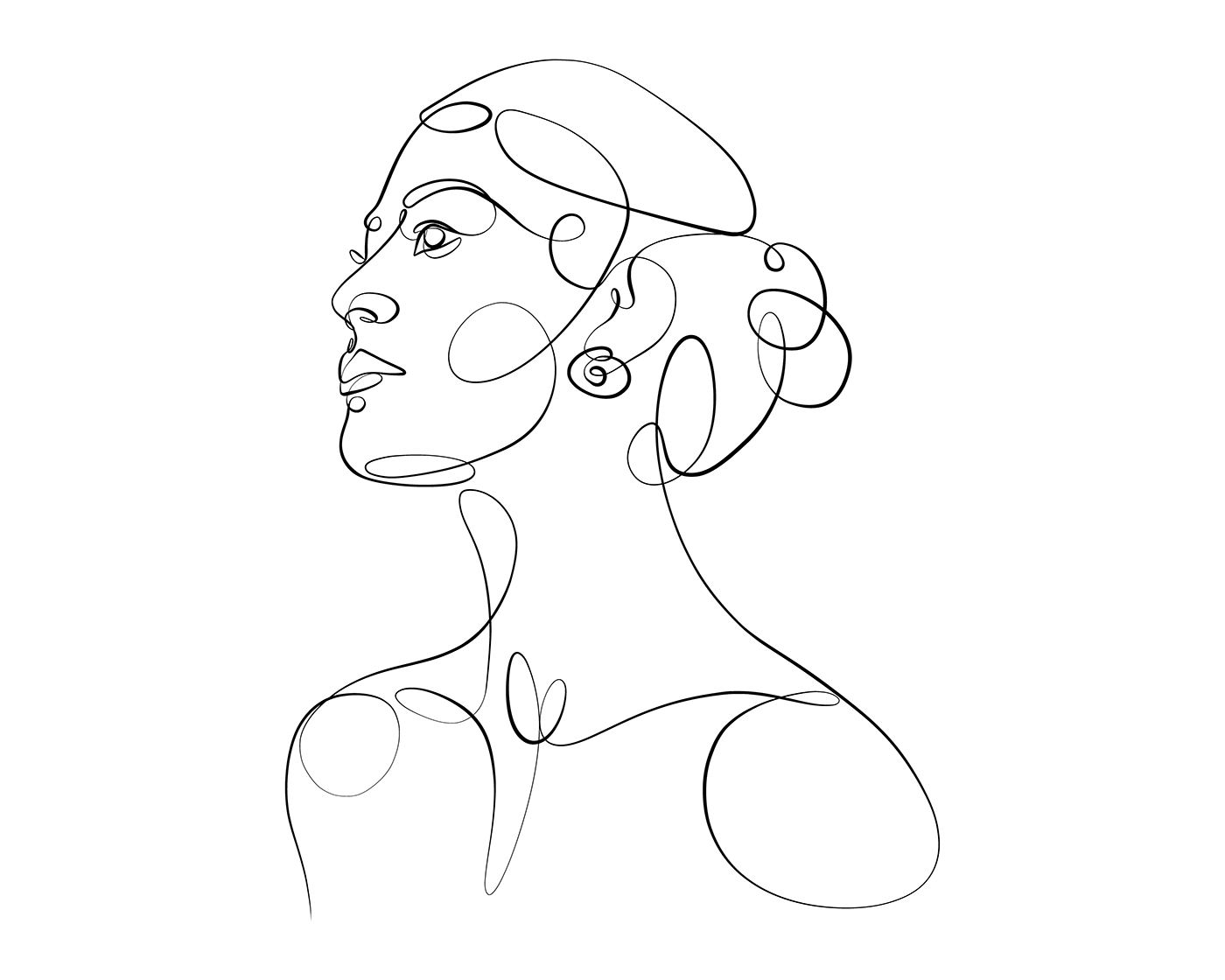
Line drawing has become very popular in recent years, making frequent appearances on social media and online editorial design, as well as cosmetic brands, t-shirts, and tote bags!
Basic line drawing is aesthetically pleasing and creates simple and elegant visual content. It can also be an understated decorative element in your home or office.
This technique is particularly satisfying for beginners, as line drawings are quick and uncomplicated to create. It's also fun to turn a photograph or complex film sequence into something simpler by using a line drawing to trace over it.
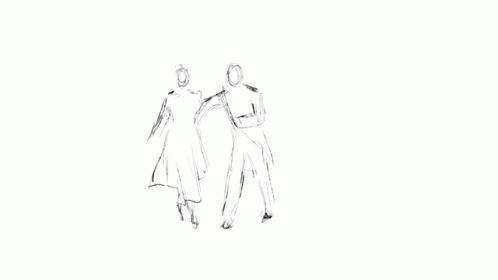
While you don't need to be a trained artist or designer to be able to make beautiful line drawings, there's still a fair amount of practice that goes into making elegant lines.
Pablo Picasso created some of his most famous drawings using only a few well-placed and observed lines.
You can also challenge your skills by applying the technique used in the beautiful line portrait at the top of this section, where you create an entire image from one continuous line (known as continuous line drawing). The end result looks simple, but the technique is challenging.
5. Architectural Drawing
Drawing architecture is a fantastic way to challenge your skills and three-dimensional perception.
While architects learn to hone this skill to a highly technical level, drawing beautiful pieces of architecture is great for artists to learn about detail, volume, perspective, and precision.
You can copy photographs of beautiful buildings or draw them from real life if you have access to a good view. You can also draw your own architectural pieces from your imagination.
Committing yourself to learning more about architecture and its methods of drawing can be an incredibly enriching experience. Not only will you gain valuable technical skills, but you'll also develop a keen eye for great architecture and an appreciation of its beauty.
6. Geometric Drawing
There's a lot of variety under the umbrella of geometric drawing.
Geometric drawing involves using geometric shapes to create images. From perspective drawing that turns 2D shapes into 3D illusions to portraits compiled by combining geometric shapes, this drawing style is always fascinating to look at.
You can start practicing your geometric drawing skills by drawing simple shapes and seeing how you can combine them to form recognizable forms, such as people, animals, objects, etc.
You can also try experimenting with geometric patterns to create seamless backgrounds. The possibilities for the art you can create with geometry are endless because everything we see can be boiled down to geometry.
Even trained artists and animators have learned to see shapes in everyday objects and people to translate these on paper accurately.
It's essential for designers to be able to break things down into geometric shapes so that they can capture and build both the real and the imaginary. Logo design also often relies on geometry to produce elegant, impactful branding.
7. Tattoo Drawing
The first thing tattoo artists learn to do before picking up a tattoo gun, is to draw.
And boy, do they draw! Tattoo apprenticeships last about six months and aspiring tattoo artists spend all that time drawing and perfecting their art – before permanently etching these into someone's skin!
Every tattoo starts as a drawing, becoming a stencil before it's transferred onto the skin and permanently tattooed.
There are tons of different tattoo styles, so an artist really is at liberty to draw anything. If you're interested in becoming a tattoo artist or just enjoy drawing in this style, start following tattoo artists that inspire you and drawing the types of tattoos you love.
Developing an authentic style of your own or creating a niche for yourself in a particular subject matter or group of clients is important, as these practices can significantly advance your tattoo career.
8. Typography Drawing
Typography design is a whole ball game on its own.
You might be a professional graphic designer who works with typography regularly, or you might just love playing around with typography as an artist.
Typography drawing could involve anything from drawing scenes inside letters, such as above, or creating an image out of wording, such as below. It's really up to you to get creative and have fun playing around with lettering.
Trying some calligraphy drawing might also be a worthwhile technique for learning about the world of lettering, mastering the medium of ink, and honing your precision skills.
Digital drawing makes it especially easy to create stunning typography drawings using fonts and software tools creatively. Check out this floral typography tutorial to start experimenting with this drawing style.
9. Stippling, Hatching, and Scumbling
We're giving you a three-in-one bonus here because all three of these techniques are quite similar, but they just involve different patterns.
Experimenting with stippling, hatching, and scumbling adds more creative diversity to your drawing skills and transforms simple, monochrome drawings into interesting, textured finished artworks.
Stippling
Stippling was first created during the Renaissance era by an artist named Giulio Campangola, who used it for printmaking to give prints of one color more depth. Stippling involves creating a drawing from lots of small dots.
The dots are grouped together to create images. An artist would create shading and gradients by placing the dots together or spreading them out. You can get incredibly detailed with stippling, which teaches you to be conscious of shading.
Stippling might get confused with Pointillism. The difference is that stippling is drawn with one color, whereas Pointillism involves using a variety of colors. A fine ballpoint pen or sharp graphite pencil is best for stippling, as you must create very fine dots to avoid losing detail.
Hatching and Cross-Hatching
This is another drawing technique that's used to create depth, gradient, and texture without blending.
Hatching involves filling in an image with closely-drawn parallel lines. Cross-hatching is almost the same, except the lines intersect and cross one another.
Scumbling and Scribble Art
Scumbling and scribbling is a shading technique that's created similarly to stippling and hatching but instead uses numerous small circles and scribbles to develop depth, gradient, and texture.
This technique is especially effective for creating highly expressive drawings that break the mold of traditional art.
10. Diagrammatic
A diagrammatic drawing is a type of technical drawing that explains how something works – as you might assume from the word "diagram."
You could create a diagrammatic drawing of anything from a human to animal, interior design plans, and more.
This style of drawing is really important for designers to master because it enables us to bring our ideas to life in the real world.
Diagrammatic drawing is good practice for developing observational skills. You can learn how to portray images realistically by focusing on details and understanding the anatomy of what it is you wish to capture.
It also helps you plot out ideas from your imagination, for instance, when creating imaginary worlds or designing new products.
Diagrammatic drawing on its own also makes for beautiful works of art.
11. Anamorphic Drawing
The anamorphic drawing technique is really cool!
This drawing style teaches you how to create depth, and involves drawing 3D illusions with a 2D drawing. It varies from simple shapes that create the 3D illusion to complex drawings that look like they're jumping off the page.
Anamorphosis is a perspective technique in drawing that uses distortion to portray an illusion that is only observable from a specific vantage point.
The image might look distorted and chaotic from most vantage points, but when viewed from the intended perspective, it comes to life as an amazing 3D image.
This is a rather technical drawing technique that takes time to master, but you can start with simple 3D illusions like the square shown in this video below.
Drawing Takes Practice
Different drawing styles will resonate with different people.
Even if you're good at one style, you can always improve by experimenting with other styles – and you might discover a new approach to your art that you love!
You can improve your drawing by practicing exercises and techniques like gesture drawings, rangoli drawing, human anatomy, and triangulation. There are tons of ideas out there for what you can draw to practice your skills. You can check out our list of 99 drawing ideas if you need some inspiration.
As you've learned in this article, there are many different approaches to drawing that will keep you busy with exploring new avenues of art for the rest of your life!
Vectornator is the perfect vector design app to try out these drawing styles for yourself! Download it for free and test out your skills.

Download Vectornator to Get Started
Take your designs to the next level.
If you try one of the styles mentioned above on Vectornator, we'd love to see your finished drawing and might share it on our social media, so go ahead and share a pic on our socials!
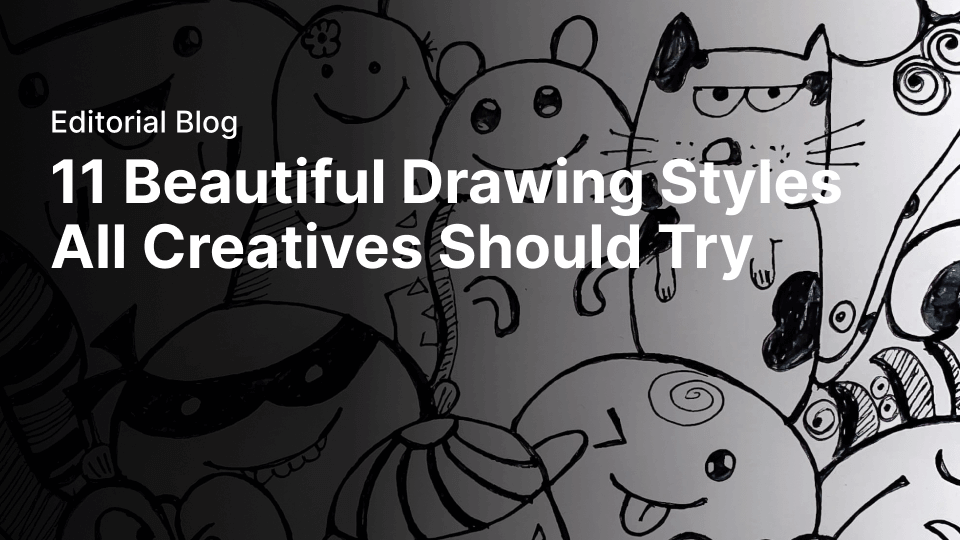
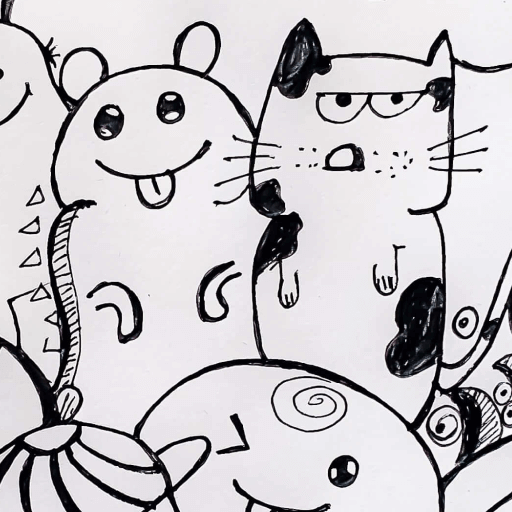
Source: https://www.vectornator.io/blog/drawing-styles/

0 Response to "Cool Things to Draw Easy Drawing Stiels"
Postar um comentário